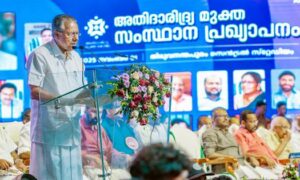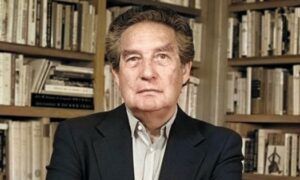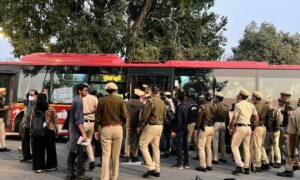
The gallery was quiet that afternoon, filled with the murmur of voices and the shuffle of shoes against the tiled floor. My photograph – a moment from a protest rally in Mexico City – hung on the wall among other student works.
She stood in front of it, absorbed, her gaze lingering longer than most. That was how I first noticed Daniella Guerrero.
It was 2010, and I was a photography student at a community college in Irving, Texas. Daniella, a single mother from Mexico, lived in Dallas with her daughters. We began talking, first about the picture, then about art, life, and the people who inspired us. Somewhere in that flow of conversation, I told her she reminded me of the Mexican painter Frida Kahlo.
Not just in appearance, though her unibrow carried the same striking force. But in presence – something raw and unapologetic about the way she carried herself.
She laughed, saying others had told her the same. And before I could think twice, the words slipped out: What if I photographed you as Frida, in a traditional Mexican setting?
Her eyes lit up. The idea was impulsive, a whim born in the space of a few breaths. Yet it felt alive.
We kept in touch. There were plans to stage the shoot in an old Mexican neighborhood in Dallas, a place that echoed with fragments of another country. But life intervened. Later that year, Daniella was deported back to Mexico. News of it left me heavy – not only for the uncertain turn her life had taken, but also for the dream we had planted, now seemingly withering.
For a while, I thought the idea had vanished for good.
But sometimes, what is meant to happen has its own way of circling back.
Three years later, in 2013, I was planning a trip to Mexico for Día de los Muertos. Out of the blue, Daniella reached out. She proposed something even bolder than what we had once imagined: What if we shot at Frida Kahlo’s own house and museum in Mexico City?
The thought thrilled me. Daniella would not only embody Frida, she would step into her world.
That October, I traveled to her village, four to five hours north of Mexico City. She was still a single mother, now living in her mother’s home. They welcomed me as family, offering food, stories, and kindness that needed no translation.
On the morning of the shoot, Daniella and I left before dawn, the road stretching endlessly ahead. We lost our way at one point, the road signs turning us in circles, but by mid-morning, we arrived at Casa Azul – the home where Frida’s presence still lingers.
We hadn’t secured permission. The museum swelled with visitors. I knew I had to be quick, discreet, patient. I waited for moments when the crowds thinned, for slivers of silence where Daniella, in full costume, could inhabit the space as if she belonged to it.
And in those fleeting instants, she did.
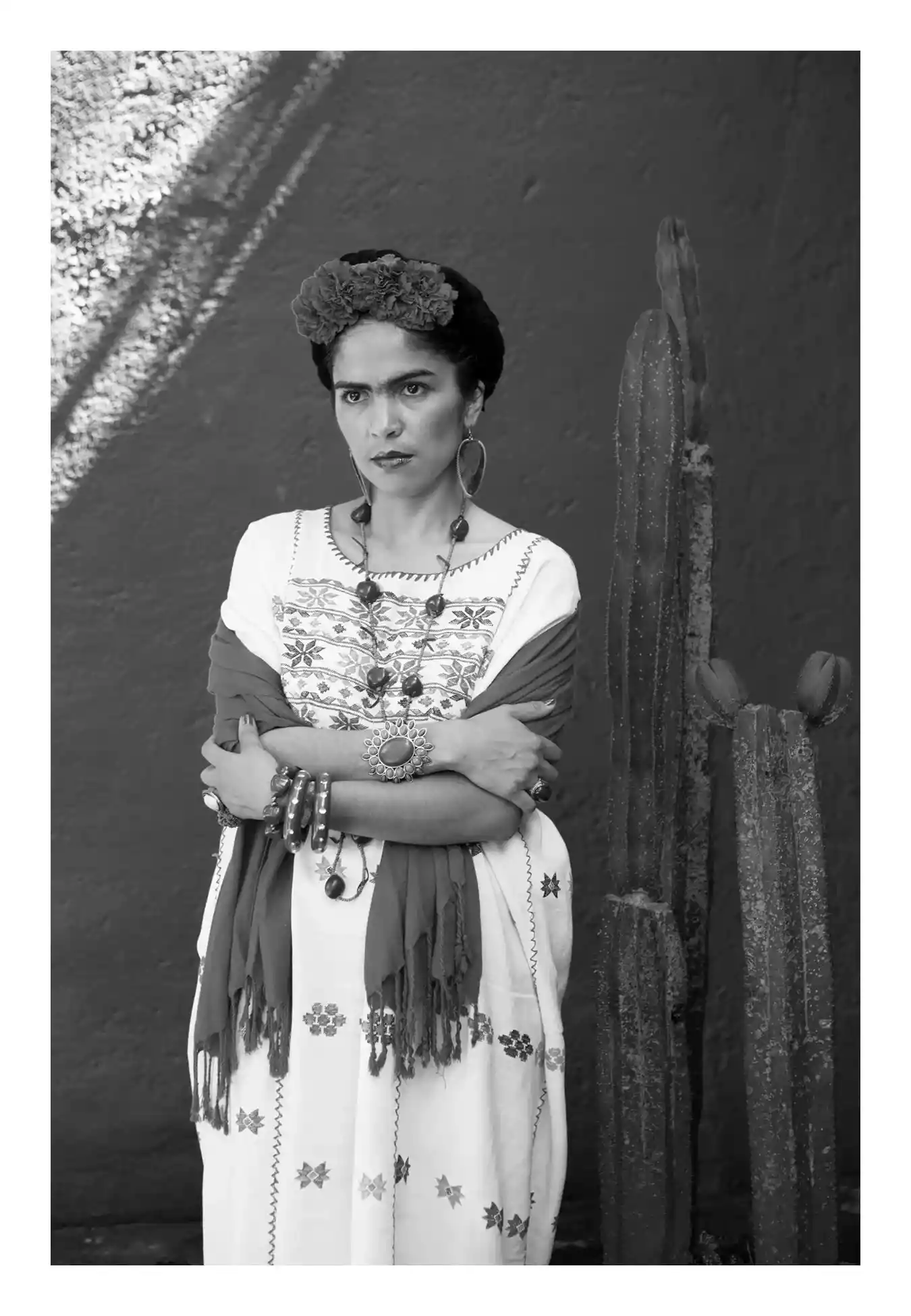
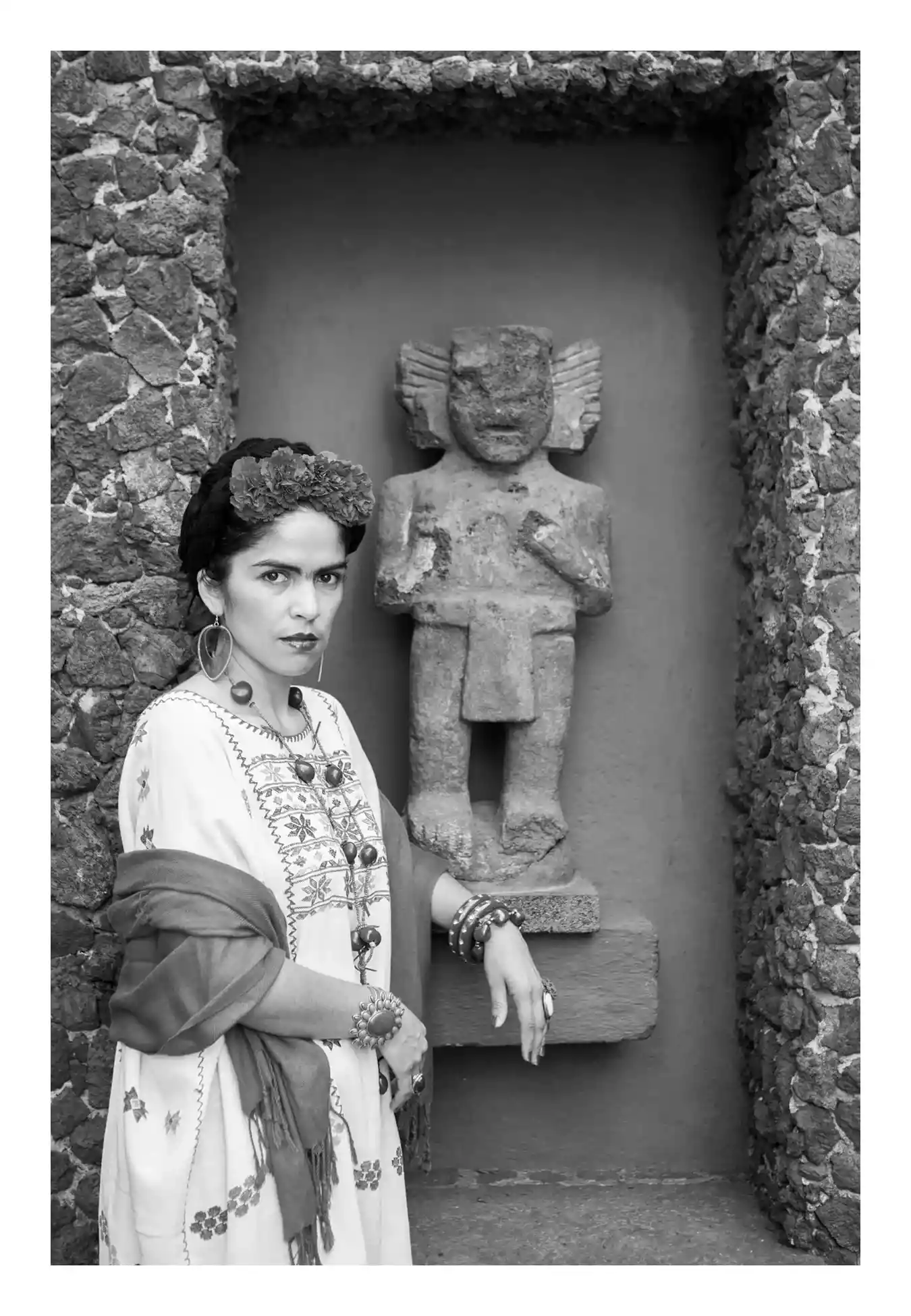
By late afternoon, we were driving back, tired yet buoyed by the sense that we had carried an impossible idea across years, borders and setbacks – and brought it to life.
Looking back, the photographs themselves were not extraordinary. But the journey – the spark born of a passing remark, carried through exile, resurrected years later, and realised in Frida’s own world – remains unforgettable.
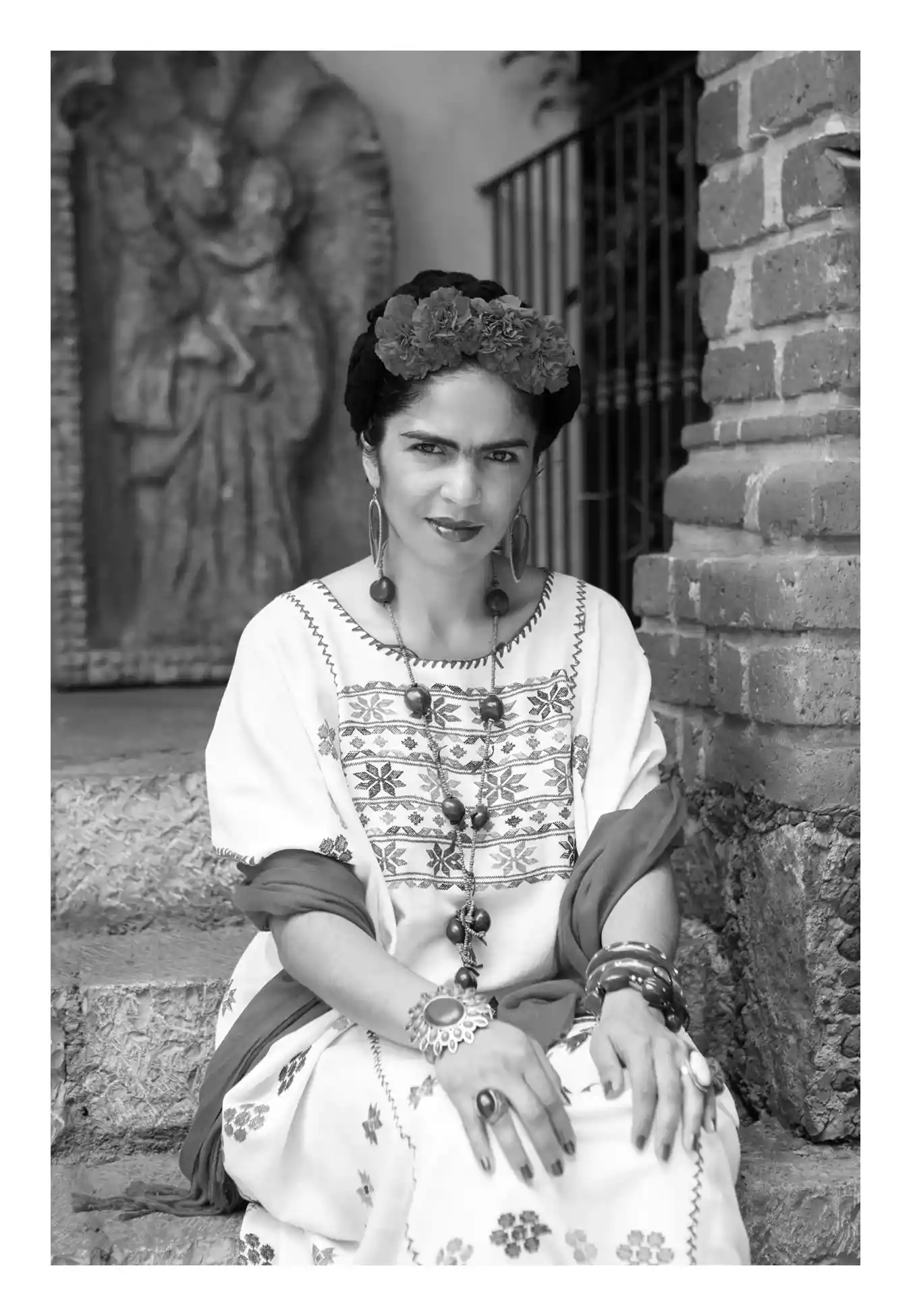
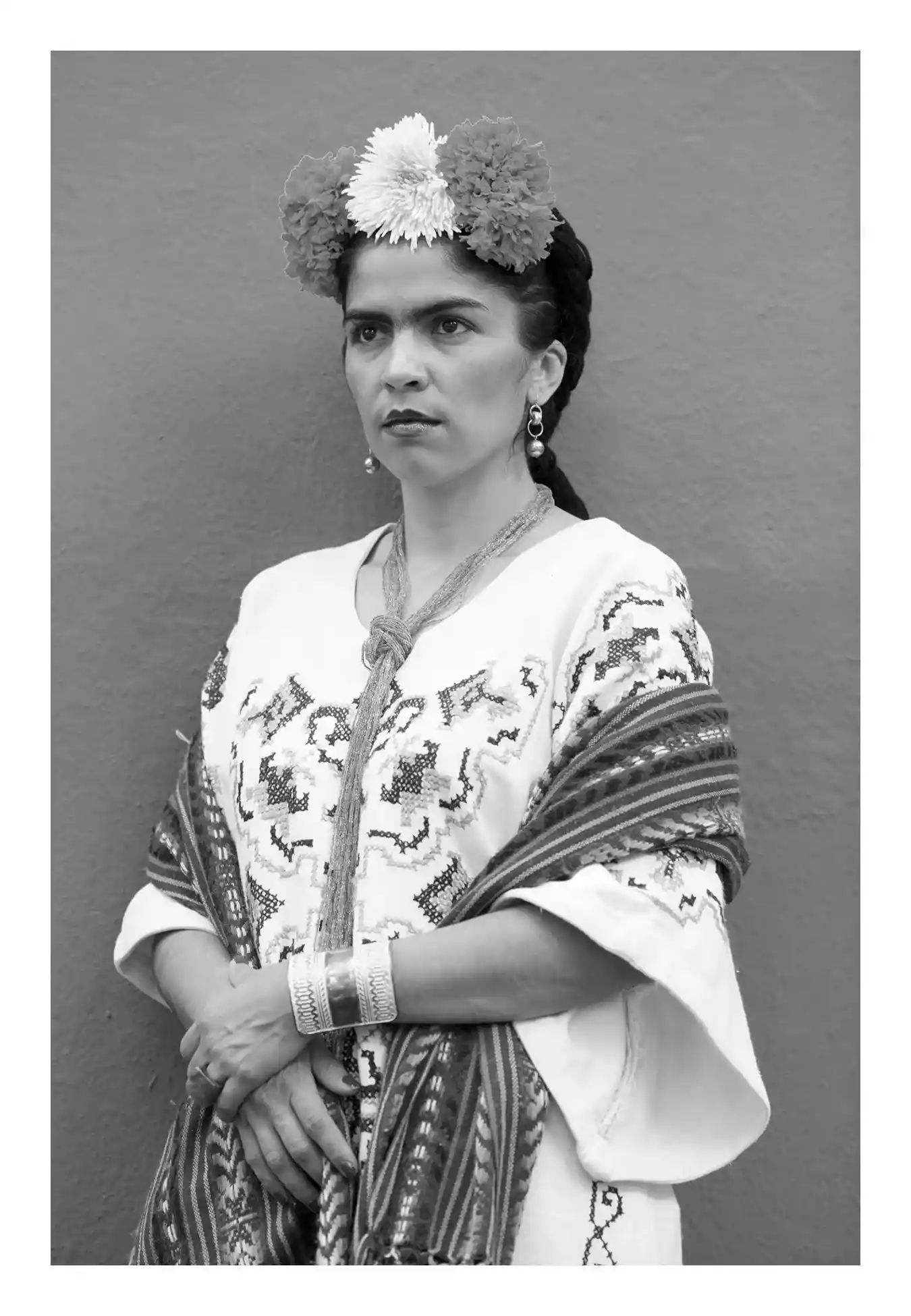
The greatest lesson I carried from this project is this: never dismiss a project conceived on a whim. Some of the most meaningful work comes not from careful planning but from a reckless spark that refuses to die. Life will throw obstacles, but if the idea stays alive in you – and you’re willing to adapt – it will find its way.
With Daniella, the photographs are not the true legacy. The real art was the collaboration, the persistence, the willingness to follow a fragile thread of inspiration wherever it led.
And that is something I will never forget.

Mumbai-born photographer Uday Khambadkone captures human stories across continents, exploring where culture, resilience and everyday life meet. This essay was first published on his blog, Chalo Click Click.
📰 Crime Today News is proudly sponsored by DRYFRUIT & CO – A Brand by eFabby Global LLC
Design & Developed by Yes Mom Hosting



